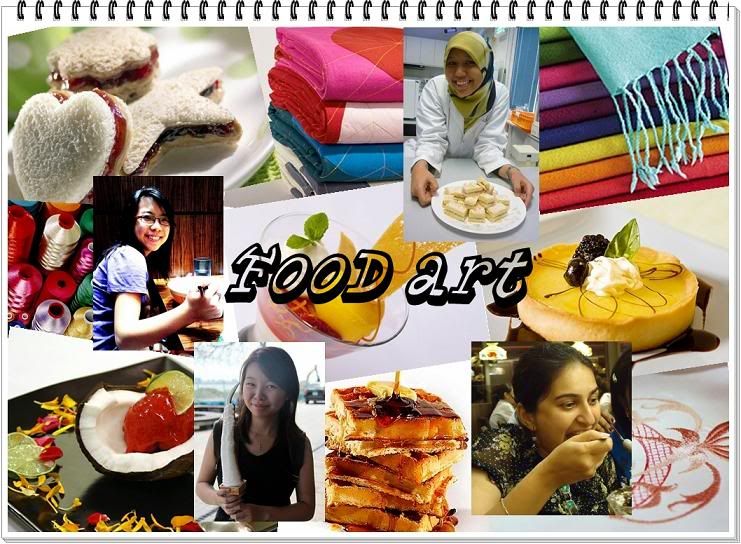As strange as this may sound, I actually thoroughly enjoyed this experience. Although there were definitely moments of stress and distress, I would proudly say that we group managed to make it through and (at least to me) our dishes were more or less pretty good! I would especially give credit to Shi ping who did Roti Jala for the first time and managed to master it after many tried. I also, practiced my ‘Ang Ku Kueh’ dish 8 times! The first 3 times was a total flop! The skin was too thick, the dough was too dry, everything was just wrong. So I asked for advice from my aunt, who gave me the recipe to follow, and through her guidance, the following tries became better and better. I learnt a very important lesson through this, that it is not always about the recipe but also the skills and technique you use. Using my Ang Ku Kueh as an example, the problem I had was that I had mixed the sweet potato to the flour instead of the flour to the sweet potato. This caused lumping and also caused the dough to be very dry. From this, I learnt that cold ingredients should always be added to the hot ingredients and not hot ingredients to cold. I also mastered the shaping and ‘knocking’ out the kueh from the mould after countless practice and tries. There was always a sense of satisfaction after trying the new batch of kuehs and tasting the improvement.
Other skills on conducting the practical class were also learnt. Such as being well-prepared with the different steps ready so time will not be wasted in showing the students how to do it but just showing them how the end-product should look like. Also, to correct mistakes which students may make, instead of the teacher demonstrating, the teacher can ask the student to do it instead to correct them. This way, students will participate and make the demonstration time more interactive and fun. Finally, because these are still students, demonstrations done should not last more than five minutes as any time longer than that, students will tend to become restless.
Also, another important lesson learnt was how to do a proper table setting as I have not done or learnt how to do it before. It is important to have a focus point to prevent the table setting from looking too messy, cluttered or empty. A variation of colors is also crucial as it would give it a lively and more appealing appearance. However, colors should not clash or too blending but a good mixture of colors that complement each other and bring each color out. Giving the dishes different height by stacking or raising the food gives the table setting a ‘movement’ and gives it life also instead of placing it all horizontally down making it look dull and lifeless.
I think the most enjoyable part of this marco-teaching was the whole learning process. Learning a new dish and mastering it, learning how to plate and do a table setting and experiencing how to teach a practical class. Knowing I have brought back so much skills and knowledge with me after this just gives me the sense of achievement.



No comments:
Post a Comment